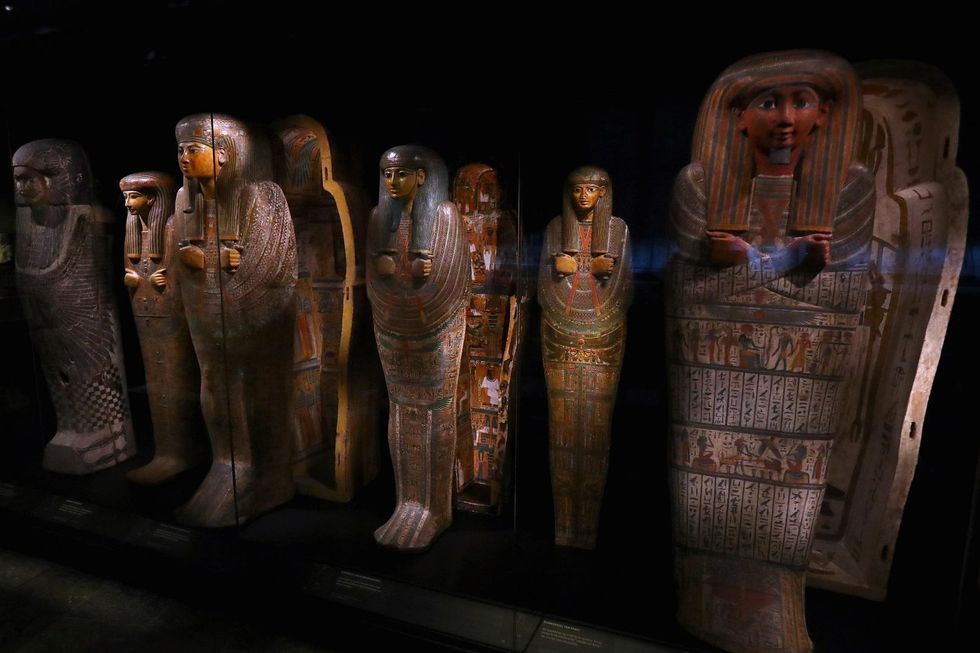Sometimes discoveries are hiding in plain sight. Scientists recently discovered that an Egyptian sarcophagus that had been sitting in an Australian museum since 1860 was not as empty as they had assumed.
Although the contents were badly damaged, inside were the mummified remains of human feet, as well as some other bones. Scientists suspected that the mummy was damaged by tomb raiders who robbed anything of value off it. Only about 10 percent of the body remains. The discovery was made in late 2017, but has only been made public now.
Computer tomography scans of the coffin revealed “several bones, bandages, resin fragments, and more than 7,000 beads from a funeral shawl.”
Experts at the Nicholson Museum at the University of Sydney where the mummy was discovered had ignored that coffin in favor of studying more ornate ones or ones known to contain intact mummies. Nicholson Museum archaeologist Dr. Jamie Fraser called this 2,500-year-old sarcophagus "dowdy-looking and nondescript."
"I've never excavated an Egyptian tomb, but this comes close,” Fraser said.
The broken mummy could actually help scientists even more than a complete one could. With a complete mummy, scientists usually have to forgo tests in favor of preserving the mummy. “In this case we can't do anything to the remains that the tomb raiders haven't already done,” Fraser said.
From hieroglyphs on the sarcophagus, archaeologists have determined that it belonged to a priestess named Mer-Neith-it-es from the Temple of the Egyptian goddess Sekhmet. A study of the bones revealed that they belonged to someone around 30 years old.
Fraser said that if radiocarbon dating puts the bones in the right time frame, “that this person belongs to the coffin and, if it is a woman, it is likely Mer-Neith-it-es.”
This isn’t the first time that a major discovery was made inside a museum. In 2016, the Czech National Museum found one of Mozart’s original scores in its reserve collection, while a previously undiscovered dinosaur species was discovered in storage in a Canadian museum in 2014. In January 2017, a 150-year-old taxidermy diorama at the Carnegie Museum of Natural History in Pennsylvania was found to contain an actual human skull in what was assumed to be a completely synthetic model of a man riding a camel.




